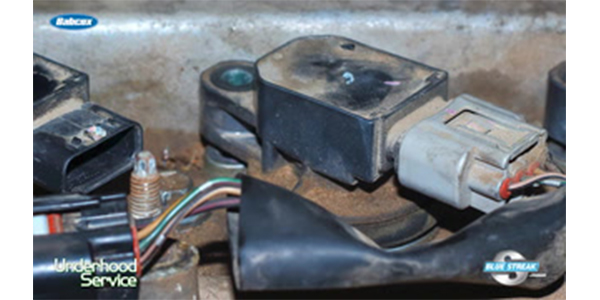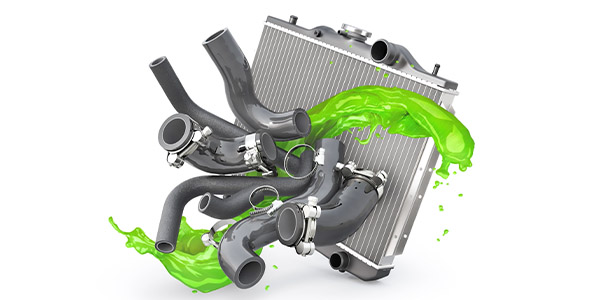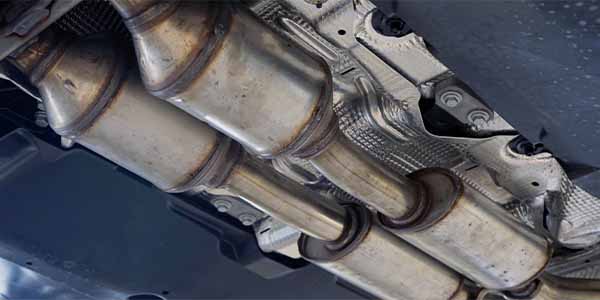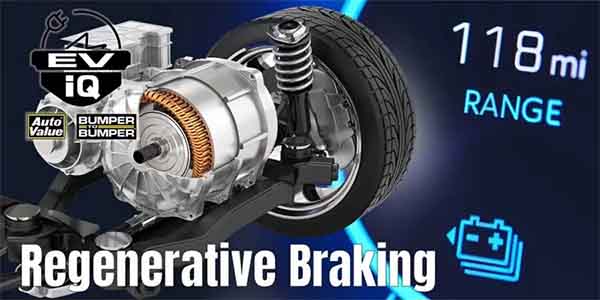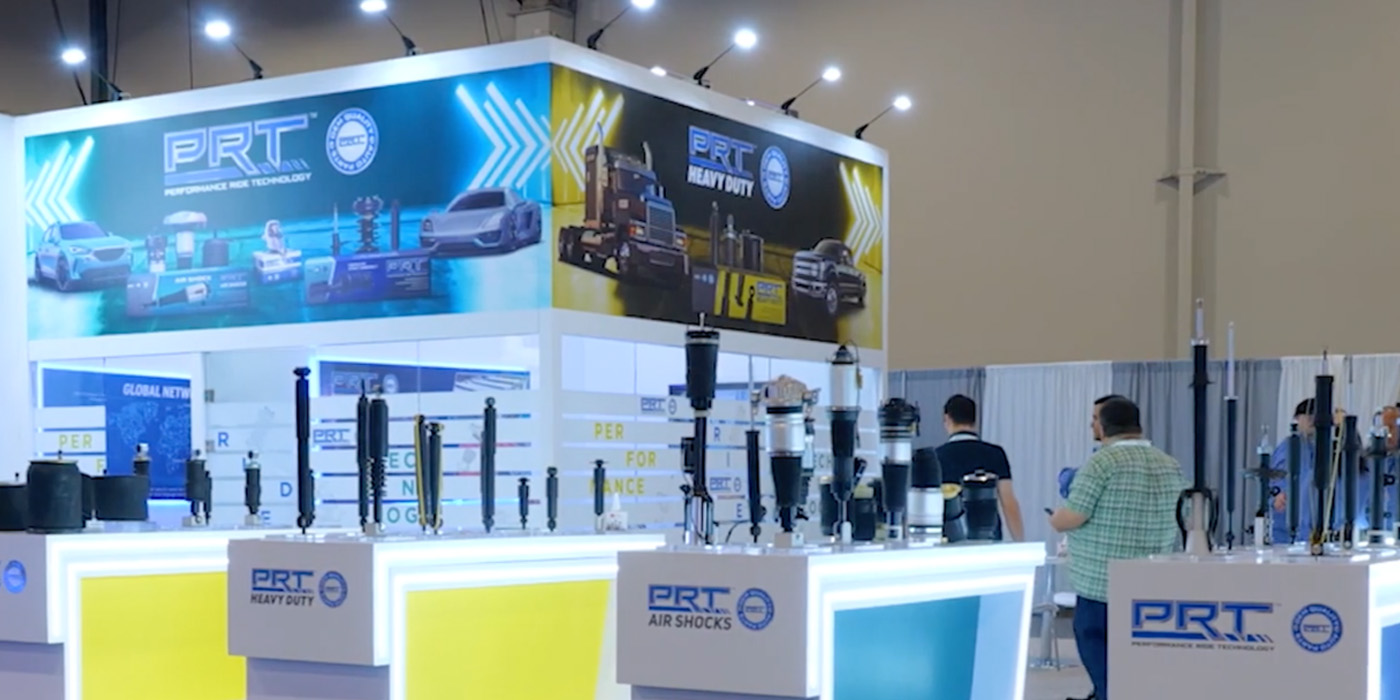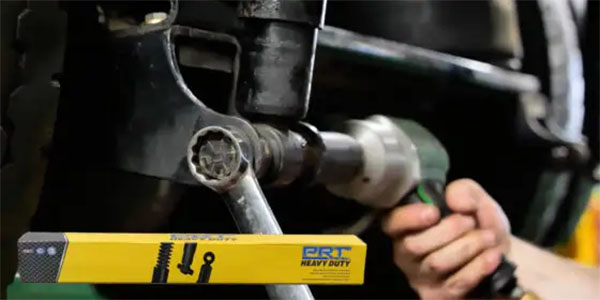Access to secondary waveform testing is nearly impossible on some modern coil over plug ignition coils. But what if you need to check the secondary circuit function of the coil? The solution might be scoping the current ramp. Sponsored by Blue Streak.
Using a scope and a low-amperage current clamp to measure and display current flow through the coil’s primary circuit can give you an indication of the health of the secondary side of the coil.
Checking the resistance of the coil can show if it’s good, shorted or open. Modern e-core or coil-on-plug systems might require as much as 8 amps of current at 12 volts to provide 30-60 kV of high-intensity spark. The driver of the primary circuits can be a non-current-limiting design, which creates a pointed current ramp waveform.
But some primary circuits can be a current-limiting design that creates a “flat-top” waveform indicating that the primary current is being limited to predetermined values.
On some vehicles, access to the primary circuit can most often be obtained through the “ignition” fuse in the vehicle fuse box or directly at the primary ignition wiring harness leading to the ignition coils. In many cases, all of the system’s ignition coils are powered by a single wire, which simplifies attaching an inductive current probe. For ignition systems with no other access, a set of jumper wires can be used to attach an inductive current probe.
If the coil driver in the PCM is ruined, it’s always good procedure to check the current ramp on the ignition coil. Remember that most ignition coils shouldn’t draw more than eight amps. If in doubt, compare amperage draw with a similar known-good system. If a coil is drawing excessive amperage, the primary circuit might be shorted which, in turn, might ruin the new PCM or ICM.
Courtesy of Underhood Service.

